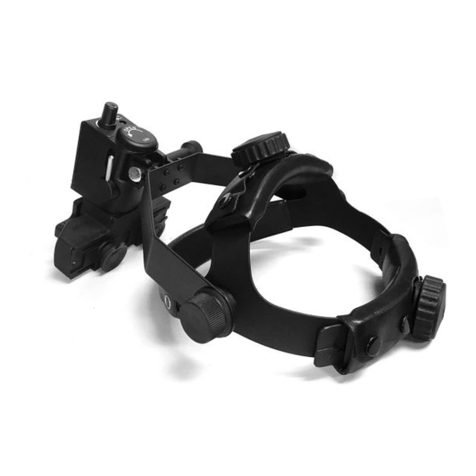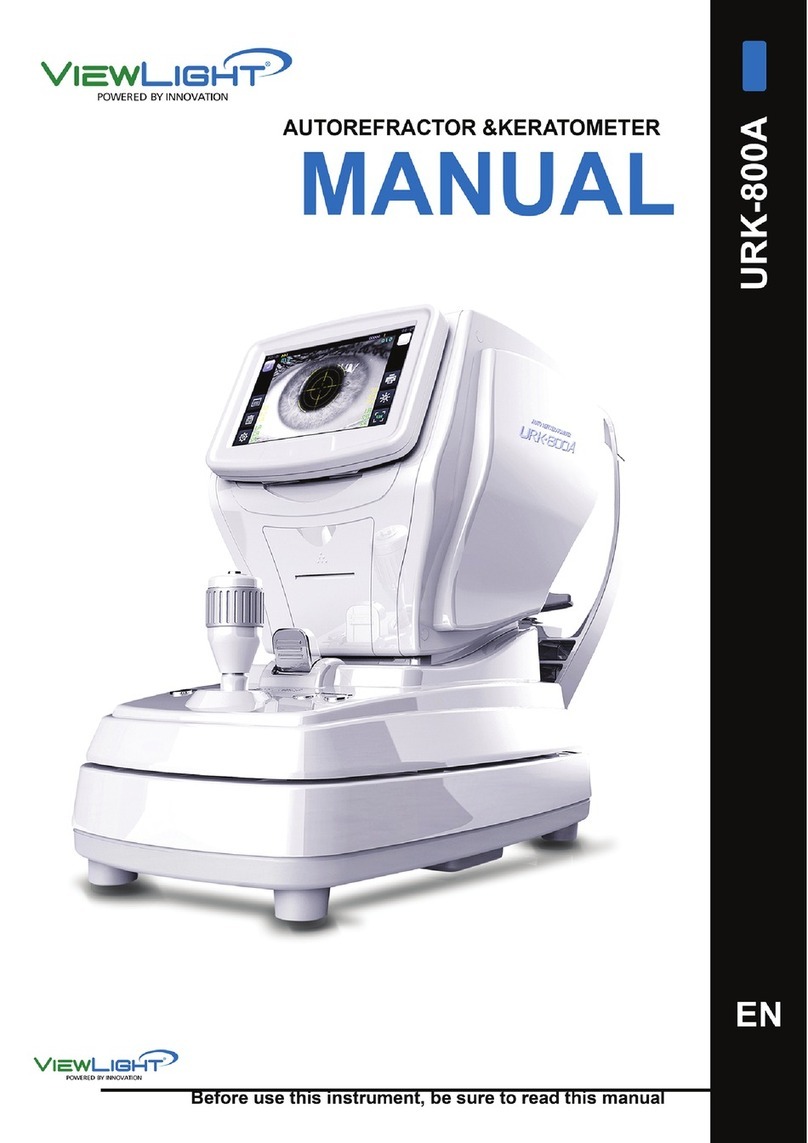
VII
Operational Considerations for a Hospital Grade Electrical
Instrument (safety and accident prevention)
2QO\TXDOL¿HGSHUVRQQHOVKRXOGRSHUDWHWKLVLQVWUXPHQW
2. The following items shall be considered when installing the instrument.
1) Install at a location away from water or accidental splashing.
,QVWDOODWDORFDWLRQZKLFKZLOOQRWEHDGYHUVHO\DႇHFWHGE\DWPRVSKHULFSUHVVXUHWHPSHUDWXUHKXPLGLW\
YHQWLODWLRQVXQOLJKWGXVWDQGDLUFRQWDLQLQJVDOWVXOIXUDQGRWKHUVXEVWDQFHVDQGWKHOLNH
7DNHFDUHWRJXDUGDJDLQVWWLOWYLEUDWLRQDQGVWURQJLPSDFWVIRULQVWDQFHGXULQJWUDQVSRUWDWLRQ
4) The instrument must not be installed at locations where chemicals are stored or gasses are generated.
&KHFNWKHVWDWXVRIWKHEDWWHULHVHOHFWULFDOGLVFKDUJHSRODULW\HWF
3. The following items shall be considered before using the instrument.
0DNHVXUHWKDWWKHLQVWUXPHQWDFWLYDWHVSURSHUO\DIWHUFKHFNLQJVZLWFKFRQWDFWSRODULW\GLDOVHWWLQJDQGVRIRUWK
2) Use of other instruments and appliances on the same power outlet is liable to cause errors and incorrect
output resulting in incorrect diagnosis or hazards.
%HIRUHRSHUDWLRQPDNHVXUHWKDWWKHEDWWHU\LVVXႈFLHQWO\FKDUJHG
4. The following items shall be considered when using the instrument.
1) Make sure to minimize the time required for diagnosis.
2) Always ensure that the instrument and patient are in good condition.
:KHQDQDEQRUPDOLW\LVIRXQGRQWKHLQVWUXPHQWWDNHSURSHUPHDVXUHV)RULQVWDQFHVWRSWKHRSHUDWLRQ
of the instrument while assuring the patient’s safety.
4) Do not allow the patient to touch any part of the instrument except for the forehead rest.
5. The following items shall be considered after using the instrument.
1) The following shall be considered regarding storage location.
(ⅰ) Store at a location away from water or accidental splashing.
(ⅱ6WRUHDWDORFDWLRQZKLFKZLOOQRWEHDGYHUVHO\DႇHFWHGE\DWPRVSKHULFSUHVVXUHWHPSHUDWXUHKXPLGLW\
YHQWLODWLRQVXQOLJKWGXVWDLUFRQWDLQLQJVDOWVXOIXUDQGRWKHUVXEVWDQFHVDQGWKHOLNH
(ⅲ7DNHFDUHWRJXDUGDJDLQVWWLOWYLEUDWLRQDQGVWURQJLPSDFWVIRULQVWDQFHGXULQJWUDQVSRUWDWLRQ
(ⅳ) The instrument must not be stored at locations where chemicals are stored or gasses are generated.
&OHDQDQGUHDUUDQJHLWHPVDQGWKHOLNH
3) The instrument must be cleaned after use so that there will be no problems when using it again.
6. In case of a problem or malfunction, do not attempt to repair the instrument by yourself. Appropriately
ODEHOWKHLQVWUXPHQWDV³RXWRIRUGHU´DQGFRQWDFWDTXDOL¿HGWHFKQLFLDQIRUUHSDLU
7KHLQVWUXPHQWVKDOOQRWEHPRGL¿HG
8. Maintenance
1) Periodically check the instrument and its components for any abnormality.
:KHQXVLQJWKHLQVWUXPHQWDIWHULWKDVQRWEHHQXVHGIRUDZKLOHFKHFNEHIRUHKDQGWRHQVXUHWKDWLWLVLQ
normal condition and operates safely.
9. Be careful of the possibility that incorrect operation may be caused by strong electromagnetic waves.
7KLVLQVWUXPHQWLVH[DPLQHGEDVHGRQ,(&
The purpose of this standard is to keep safety against the dangerous obstacle in typical medical facilities.
,QFDVHWKLVLQVWUXPHQWLVLQÀXHQFHGE\RWKHULQVWUXPHQWRULWDႇHFWVRWKHULQVWUXPHQWRUWKHUHLVVXFKIHDU
relocate this instrument and other apparatus or extend the distance between those instruments.
,I\RXKDYHDQ\TXHVWLRQVSOHDVHFRQVXOW.2:$RUDQDXWKRUL]HG.2:$GHDOHU
Serious incident reporting
Any serious incident that has occurred in relation to the device should be reported to the manufacturer and the
competent authority of the Member State in which the user and/or patient is established.
































